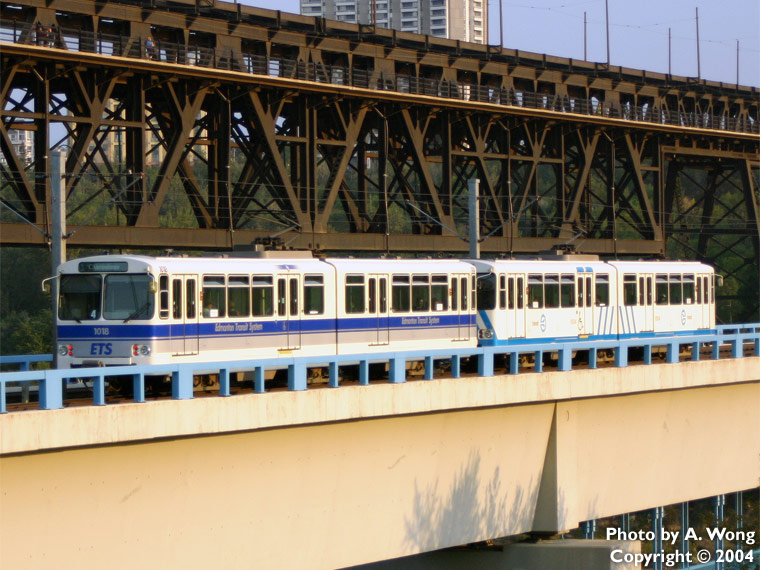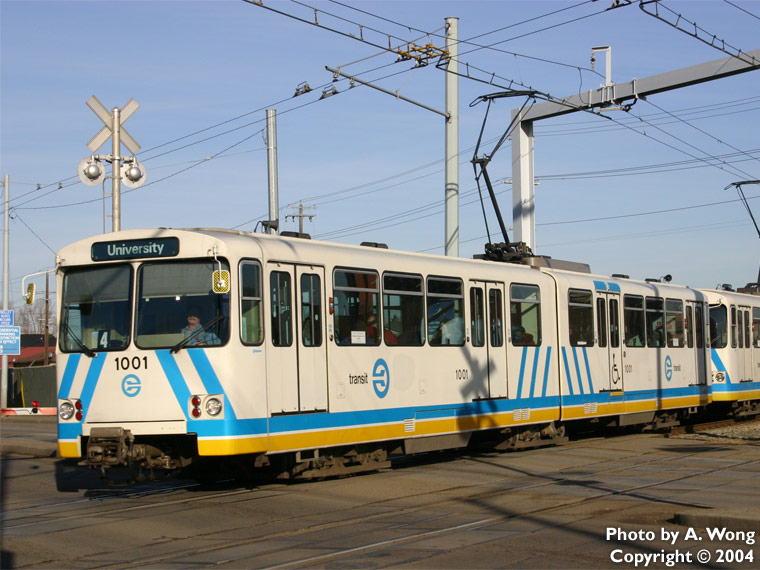poomar
New Member
I've been in Berlin for the past 3 weeks and the transit system here is simply the best in the world. They toss around Transit-City LRTs as if they were nothing. mainly in fact, because they are. People have a perception of them as quick-neighbourhood hoppers/shuttles to a U/S-Bahnhof. There are 9 subway lines and an extensive network of faster, larger trains with less frequent stops but for the same price and with full integration to the U-bahn system along with 24 hour, intense frequencies. If Toronto wants to compete, LRT just won't do it! LRT is for a place like Minneanapolis. The sprawling geography of Toronto needs larger, heavier solutions. I'm not saying that a transity-city LRT doesn't have it's place but it needs to compliment the backbone of the system.
One last point, in Berlin, the LRTs are actually fully separated and travel a high speed. Any Toronto LRT after the Spadina model will be a disaster!
One last point, in Berlin, the LRTs are actually fully separated and travel a high speed. Any Toronto LRT after the Spadina model will be a disaster!


